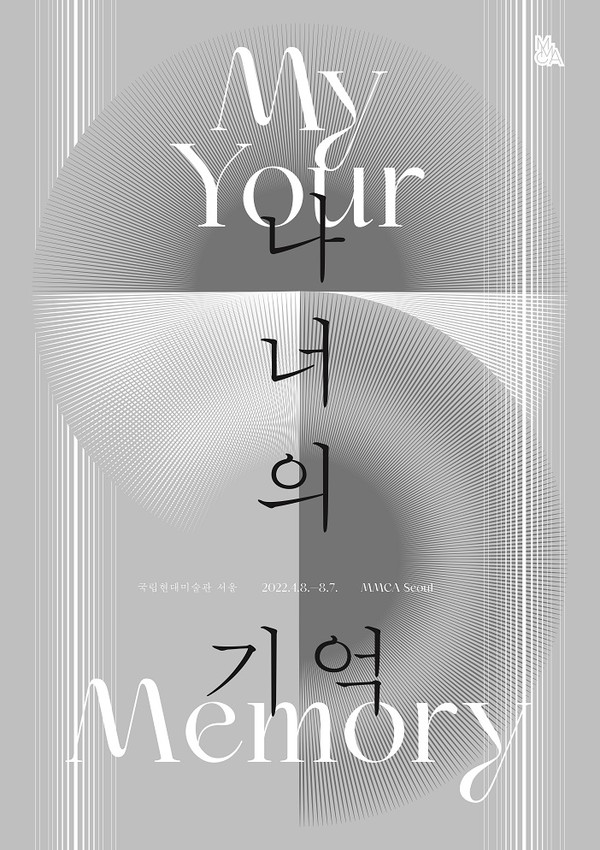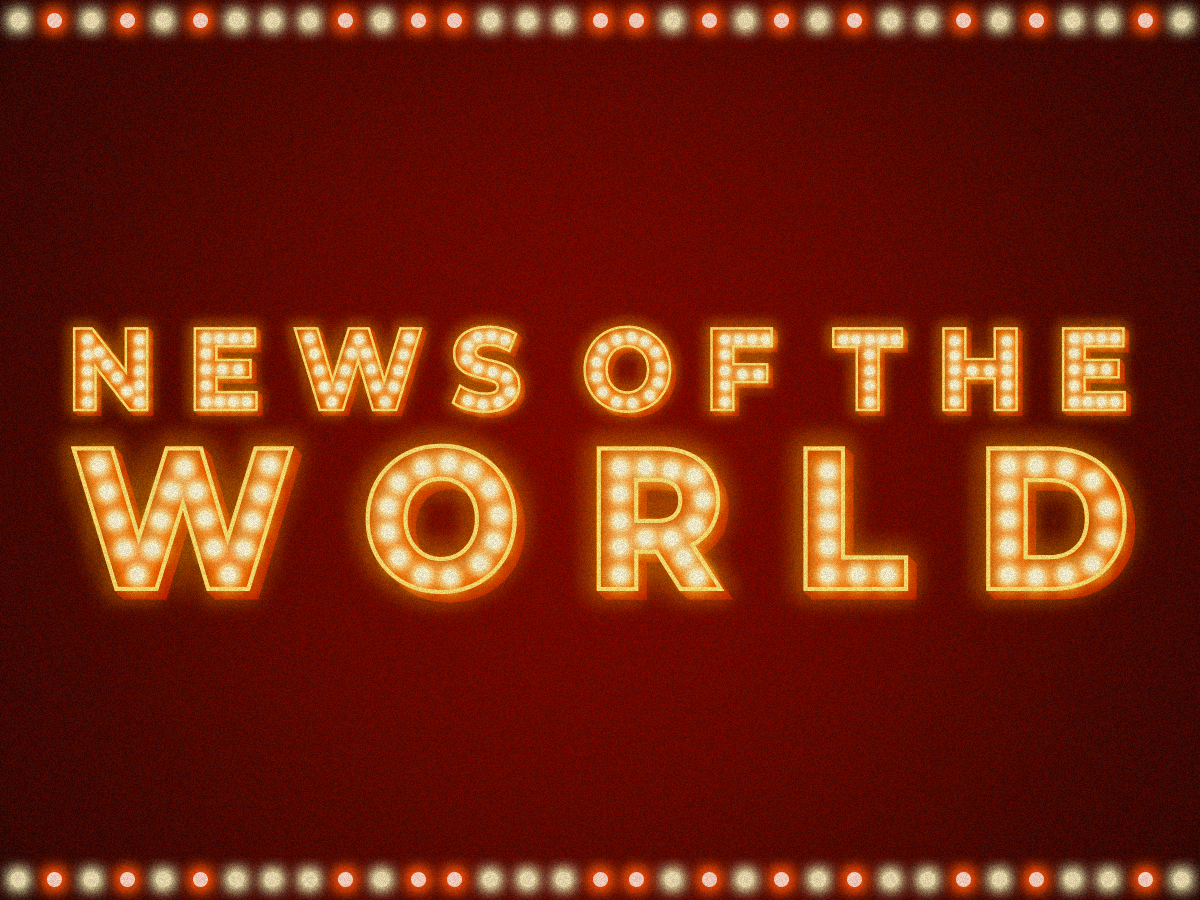
My Your Memory, an exhibition being held at the Museum of Modern and Contemporary Art until August 7, gives visitors a chance to think about the direction the future is taking while considering the restlessness of modern living. Centered around 13 works, the exhibition may not be grand in scale but it is a weighty one, featuring art not only from internationally renowned artists such as Louise Bourgeois, Andy Warhol and Akram Zaatari, but Korean artists as well. The organizers describe it as an opportunity to put ourselves on pause for a moment and consider what is worthy of remembering in a confusing and turbulent era. As such, the works on display present a journey of looking into our own memories and the memories of others and considering the process behind that phenomenon. With this as the stated goal of the art, we can expect the exhibition to treat us to an experience that will in turn be a new type of nourishment for our lives.
The works, which take the form of videos and installation art, are divided into three broadly defined sections. The first second, “My Your Memory,” looks at experience and identity as formed through reactions to the outside world as well as memories as they are dictated by biological characteristics. Andy Warhol’s film Sleep is a metaphor for the process by which the day’s memories are reconstructed into a narrative while asleep and is shown through spliced video footage of his friend sleeping. Similarly, Herman Kolgen’s Retina symbolically recreates the process by which our memories come to be stored: Rapidly changing images and laser mapping reveal what is formed through our memory system after light goes through our filter-like retinas. During this phenomenon, external stimuli are merged with the organic structure of the human eye, leaving us to question the boundary between memory and reality.
The second section of the exhibition, “Here and Now,” is made up of artworks that prompt us to think about the direction we should take in the future by remembering the past and the impact it has had on us. Louise Bourgeois’ Crochet series is an allegory centered around the topic and uses a canvas of red yarn to express the artist’s views on how the present is made in accordance with the past. In other words, the series is a visualization of the continuity of time as witnessed by memory, and asks us to consider the impact that artwork laden with memories of the past has on us in modern times. In addition, Akram Zaatari’s video works are a warning against the partisan imagery and memories made of generalizations that the media gives us and awakens us to the possibility of forming universal, proper memories.
The final section, “That Time, That Place,” asks how future generations will remember us and what influence that will have. Our memory of an event we did not personally witness will necessarily be incomplete, and so our imagination and our personal views mix together to create scenes formed from new interpretations. The artists in this section therefore rely on images that shed light on the past through individual experiences as well as records of historical events to interpret contemporary issues, which in turn speak to the incompleteness of memories formed through the psychology of memory and our individual values.
All that is to say that the exhibition deals with the intricacies and depth of memory, a topic we should think about now and then throughout our lives. Despite being accustomed to daily change, modern humans still have difficulties when facing uncertainty in life due to systematic limitations and errors. As we grapple with such troubles, this exhibition gives us a brief reprieve and leads us to consider where and how the present can be properly remembered by looking to past memories. Because records can be modified and memories are never complete, our present-day life may one day seem very different looking back from the future. As such, we must now ask ourselves which scenes in our lives we will take with us into the future.
-
 ©️ National Museum of Modern and Contemporary Art, Korea
©️ National Museum of Modern and Contemporary Art, Korea
TRIVIA
Akram Zaatari
A Lebanese artist who is considered to have established himself with his work in elevating the concept of “collection as art” to an important place in contemporary art through his creative use of visual archives. Zaatari cofounded the Arab Image Foundation with fellow photographers in 1997 and has a cognizance of asking questions about the future through archives that start with the past while also focusing on the importance of the way images are shared, preserved and remembered. [His works make it possible to break free of the error of looking at the people and events shown in his works as simple historical past and allows audiences to creatively reinterpret them.
Unauthorized reproduction and distribution prohibited.


- [NoW] Thoughts on people today2021.11.19




- Dalí to Magritte2022.04.01

